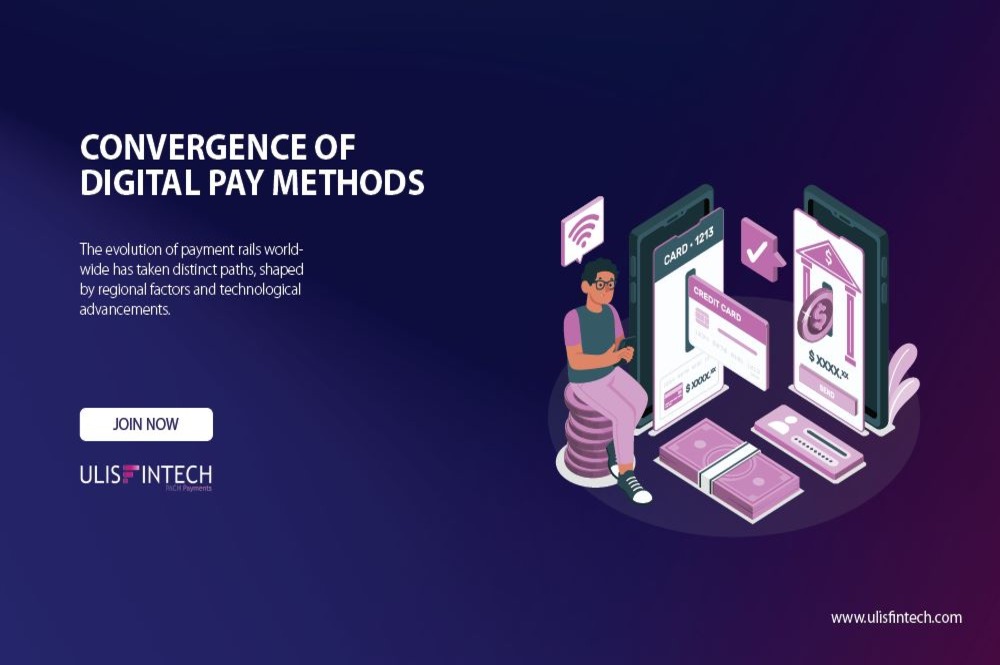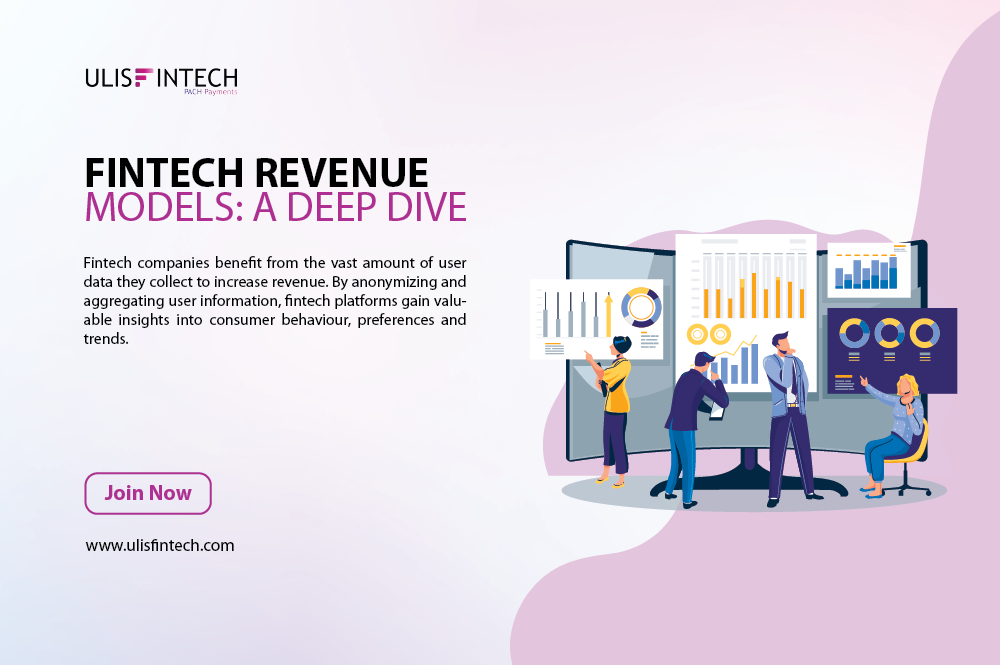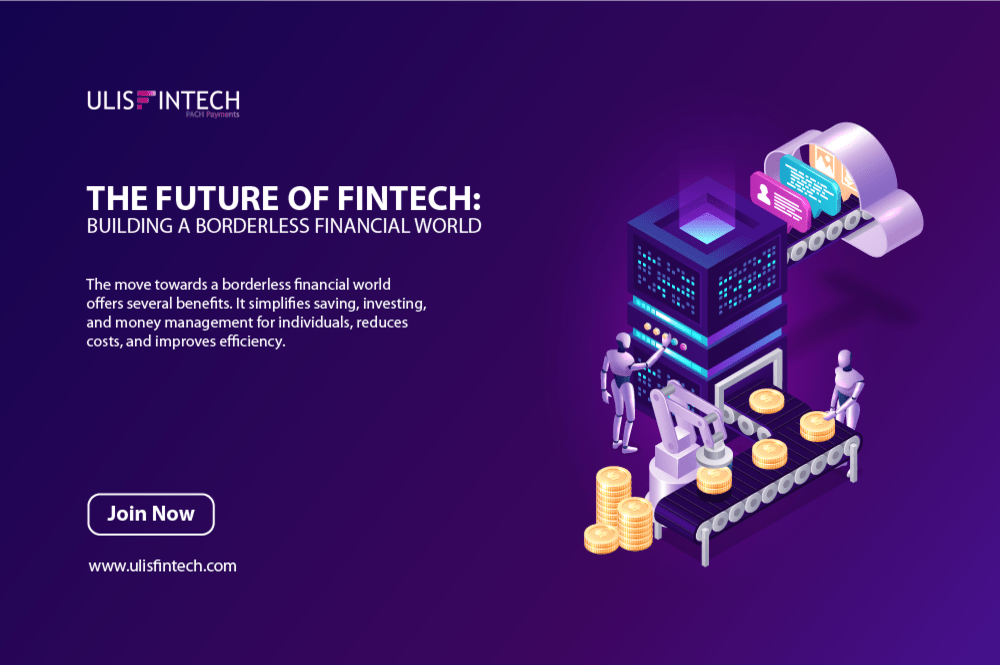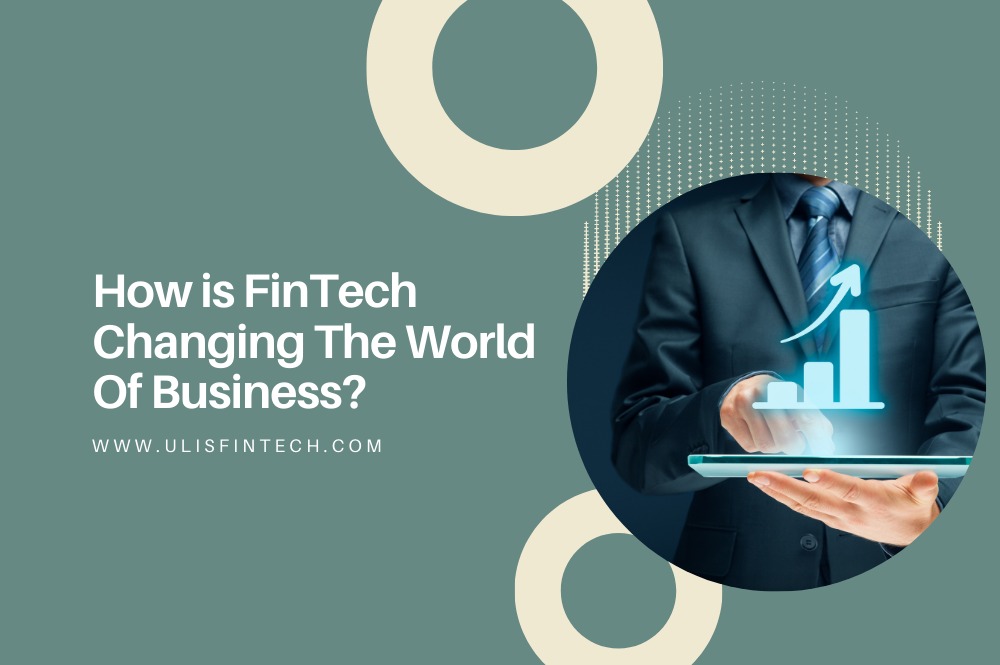Marketplace Banking is all about building an Ecosystem
May 20, 2022 - 12 MINS READ
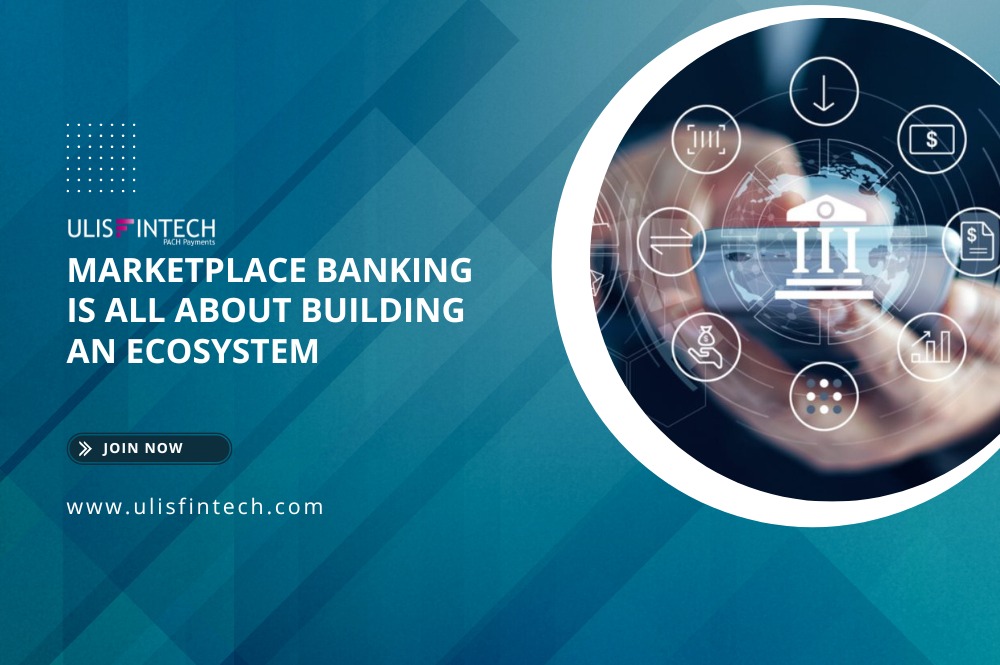
Marketplace Banking is all about building an Ecosystem
Regulations in the EU and the United Kingdom significantly drove the adoption of open banking. However, politicians in other countries such as Japan, the United States, Australia, and Hong Kong have already taken note of its achievements. They are presently using Open-Banking procedures.
Consumers have reaped various new benefits as a result of open banking. Banks now text consumers if there are insufficient funds to cover a direct debit. This has resulted in a scarcity of costs for late DD payments.
Insights are now available in banking applications. Users may see spending trends, which raises their knowledge of their financial health. There's even more.
Open banking is growing in popularity.
Through the relatively new phenomena of marketplace banking, open banking is gaining appeal among customers and institutions. Consumers are drawn to marketplace banking because it offers a plethora of new offerings through their bank's app.
Monzo Bank had 500K clients in March of 2018. Monzo started in September 2018 and the company has achieved 1 million customers. They had over 3 million customers a year later, in September 2019. Monzo is clearly enjoying a spectacular 100 percent gain every six months.
This expansion is due to its API-first strategy, which enables products that are plainly appealing to customers. Marketplace banking is also appealing to banks since it strengthens the consumer's relationship with the bank.
According to a white paper published by TLT (a legal firm for banks and fin-tech firms), 84 percent of financial services organizations are investing in Open-Banking products and services.
In 2018, Starling Bank aimed to get into 25 new partnerships. Its API-first strategy enabled the challenger bank to quickly connect to partnerships that bring new solutions that clients enjoy.
Marketplace-Banking
The financial equivalent of an online retail platform is marketplace banking. Consider how you may acquire a range of retail items from Amazon, eBay, and Alibaba, among others. These online shopping platforms function as digital storefronts. They collaborate with a wide range of product and service suppliers to bring you nearly all retail goods on the earth.
Similarly, Open-Banking enables users to obtain a wide range of financial goods and services through their bank's digital financial ecosystem. Because of the simplicity of integration provided by APIs, marketplace banking is making enormous gains.
Open-banking APIs have allowed collaborations based on consumer data insights. These insight-led collaborations have resulted in the formation of financial ecosystems. Products and services may be integrated and provided to customers in this new marketplace.
Money and financial services are moving at a much quicker pace.
With Open-Banking, there is no limit to the number of partnerships that may be formed. This possibility for various alliances places a new set of tools in the hands of a customer. It also allows for faster decision-making and gives the client greater power.
Iwoca, for example, is a small business lender. It enables SME customers to submit loan applications for up to £150,000 in as little as 15 minutes. Iwoca evaluates loan eligibility levels based on information provided by customers. And gives loans at such levels. Throughout the application procedure.
As a result, a company can quickly determine whether a $5,000 loan is more likely to be approved than a $10,000 loan. The user simply adjusts the loan amount throughout the application process, increasing the likelihood of acceptance. All of this is done effortlessly using the bank's app.
The iPhone's monetary equivalent
Steve Jobs had to repeat himself numerous times before the press understood and appreciated what Apple had accomplished with the debut of the first iPhone. Nobody other has considered combining a phone, an iPod, a camera, and an internet browser into a single gadget.
Smartphones are significantly more advanced nowadays. And they are found all across the planet.
The iPhone heralded the increase in smartphone use. You may anticipate Open Banking and Marketplace Banking to improve. It's just been two years, yet a lot has transpired.
Banks must embrace ecosystems as a strategic objective.
The growing digital revolution provides banks with a chance to be more relevant to their consumers while driving profitability. However, because things are moving so rapidly, institutions can no longer produce and manage all of the goods, skills, and services required to compete on their own.
Collaboration with partners via platform-based ecosystems has evolved as an efficient strategy for banks to harness consumer trust and strengthen product and service offerings in order to improve customer experiences, deepen relationships, and drive revenue growth. Simultaneously, outsourcing non-core operations to third-party professionals can improve productivity.
Four steps banks can take right now to start pursuing ecosystem strategies
- Examine the company
Banks can build a framework based on those aims to analyze current capabilities and value chains after identifying clear strategic objectives for an ecosystem business model.
- Focus areas should be evaluated and prioritized.
Assess possible collaboration options in terms of strategic and cultural fit, commercial value, customer alignment, and other pertinent aspects. Using a well-defined, quantifiable framework, prioritize those possibilities that deliver the highest advantages and target regions for short-, medium-, and long-term investments.
- Create a road map.
Define a plan for key ecosystem goals while keeping organizational constraints in mind, and ensuring that the plan is consistent with the bank's overall strategy. Ascertain that the bank has the necessary personnel, tools, and IT capabilities to support a platform-based business strategy.
Define the main resources and investments needed to put the strategy into action, and prepare to manage the experiences of affected stakeholders. Finally, create a program management office or control tower function to oversee activity execution.
- Carry out the transition
Identify particular partners and business models for each opportunity, do due diligence on possible partners, and iron out partnership agreement elements such as ownership, management, branding and communications rights, and exit conditions.
To engage with the partner on integrating the new capability, form teams with defined goals and accountability. Create well-defined execution strategies and ensure that partner incentives match those of the bank. Consider establishing a center of excellence to manage ongoing ecosystem linkages as ecosystem capabilities evolve.
EndNote
Banks can first define the goods, services, capabilities, and user experiences needed to suit the demands of various client segments, and then choose which ones they can offer internally and which should be procured through a partnership. Banks may not be able to accomplish everything on their own in a linked platform environment. To survive, they may require an ecological strategy.

